Discover financial empowerment resources
Discover financial empowerment resources
What would it take to eliminate poverty in Canada by 2030? The 2030 Project explores why poverty persists, and what we can do about it. This podcast is a special mini-series dedicated to the new Canada Disability Benefit. This is a Story Studio Network podcast sponsored by Daily Bread Food Bank,...
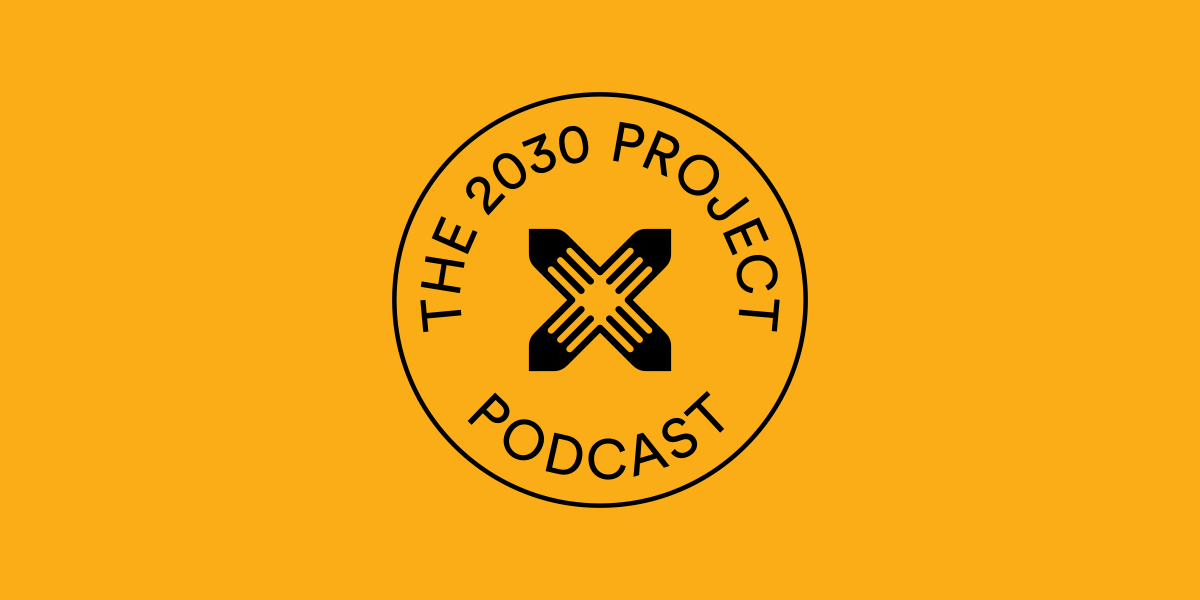
November is Financial Literacy Month This year marks the 15th anniversary of Financial Literacy Month (FLM) in Canada. Since 2011, FLM has helped Canadians strengthen their financial knowledge and skills with the goal of improving their financial well-being. Led by the Financial Consumer Agency...

FSRA regulates the credit unions/caisses populaires sector in Ontario. Learn about how this sector is regulated through a comprehensive regulatory framework, and access portals to register a new credit union and...

A report based on 2021 Census data, about socioeconomic characteristics (e.g. poverty rates and earnings) among transgender men, transgender women and non-binary people, in comparison to cisgender men and...

Explore key indicators of Canadians' financial...

Financial freedom is possible. Start by understanding your financial situation. Use these free resources to help you manage your money, get out of debt and plan for...

This report provides top-line data and insights on the financial resilience of Canadians living with low incomes based on the Institute’s Financial Well-Being Studies, Financial Resilience Index Model and Financial Well-Being Index Model linked to an Overall Well-Being Score. Based on data from...
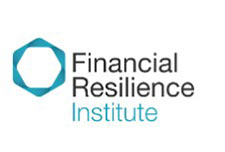
Buy Now Pay Later apps like Klarna and Afterpay have become ubiquitous since the pandemic, allowing users to pay for items in small installments over time instead of footing the bill all at once. But now, some financial experts are sounding the alarm that these easy-to-use apps can lead to...
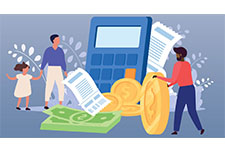
This report by the OSC’s Research and Behavioural Insights Team looks at the development and deployment of AI systems in capital markets which raises important regulatory questions. The OSC takes a holistic approach to evaluating the impact of AI systems on capital markets, including...
This report is about the barriers low-income individuals face when filing taxes in Canada and how these obstacles prevent them from accessing critical government benefits. It focuses on the experiences of food bank clients, highlighting both the personal and systemic challenges they encounter, and...
Braiding Mind, Body, and Spirit: A Financial Wellness Bundle is a resource designed to help Indigenous individuals, families, and communities make confident money choices with settlement funds. This 60-minute webinar brings together the co-creators of the resource to highlight the need for more...
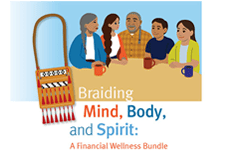
Canadians with low incomes lack access to the financial help they need to rebuild their financial health and resilience. Watch the webinar from September 17, 2025 as we present findings from our recent report: Closing the Divide: Solutions for Canada’s Financial Help Gap. Prosper Canada’s...
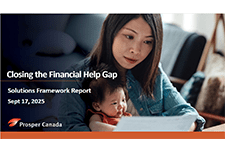
Your tax notice of assessment tells you many important things. Learn more about what’s in your notice of assessment and what to do if you need to make a change on your tax return or if you disagree with your assessment. Available in...

A video on diversification and asset mix for investing. The full transcript is also...

Tips and tools to help you recognize, prevent, and report scams, keeping your finances and personal information safe. Available in...
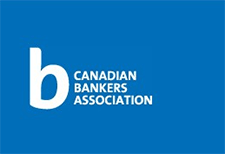
When you work with an investment advisor, it is important to know your rights as an investor. Available in...
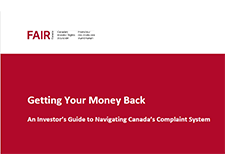
Investments generate different types of revenues, such as: Interest; Capital gains; Dividends. Certain types of investment revenues are more taxable than others. Several plans offer tax benefits that you can take advantage of. Thus, when you invest in these plans, the type of...
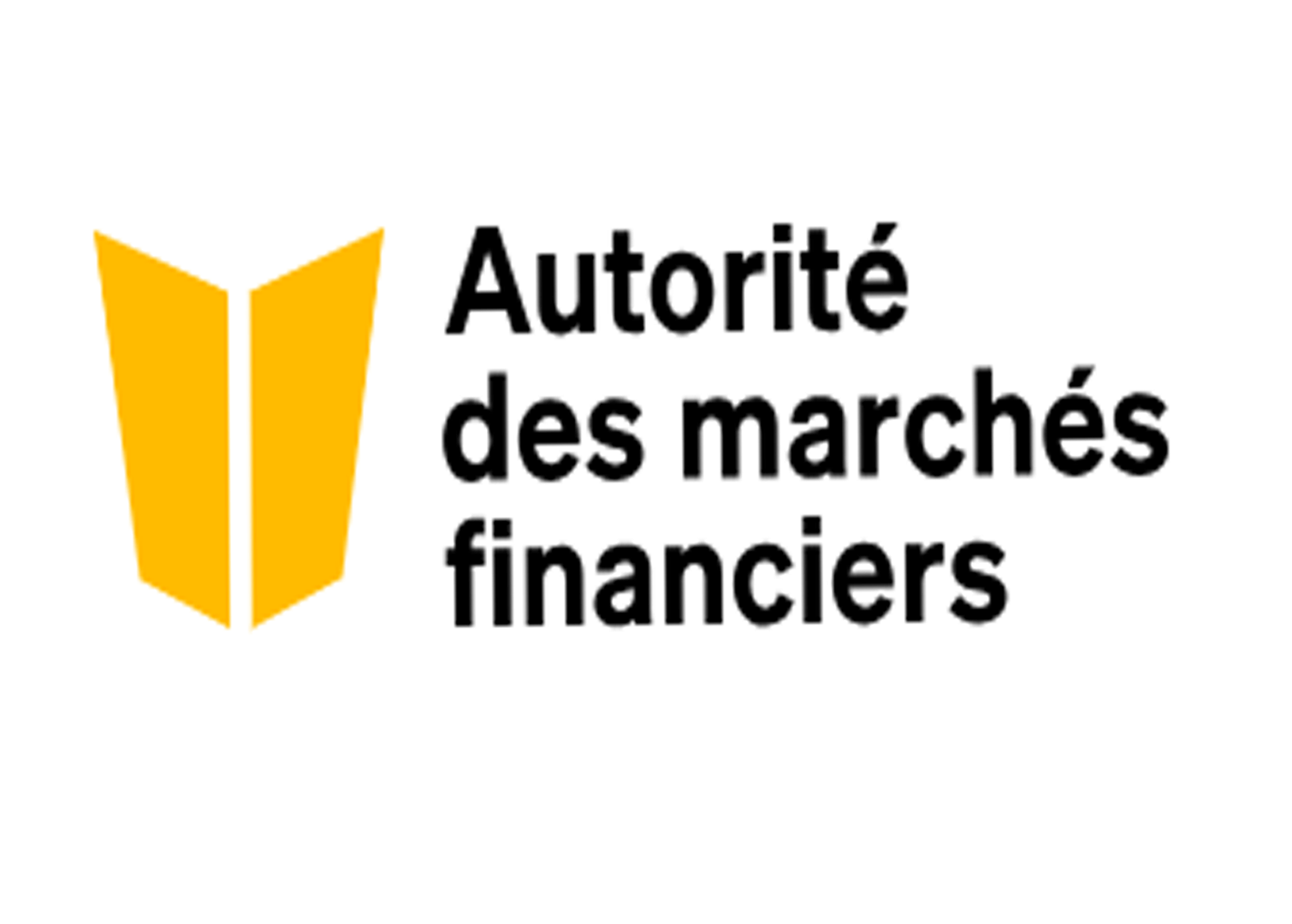
A culturally grounded resource to support Indigenous financial wellness. Braiding Mind, Body, and Spirit is a financial wellness bundle created by and for Indigenous individuals and communities. Developed with Indigenous teachings, community voices, and practical tools to support individuals,...
See the impact of markets ups, downs, and more based on historical data. Available in...

The tools provided by Autorité des marchés financiers can help guide financial planning for you and your...

With February 2025 the thirteenth Index Release, the Institute’s Financial Resilience Index Model complements the national Financial Well-Being Studies instrument and the Financial Well-Being Index Model instruments. Access this resource to read the...
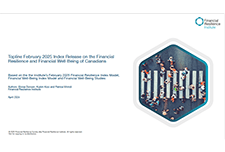
This report explores the barriers newcomers face in accessing credit, and opportunities for governments, financial institutions, settlement agencies, fintech, investors and funders, and community organizations to better respond to this growing segment of the...
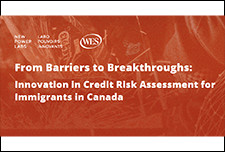
Seeking help on tax filing and accessing benefits in Manitoba? Click on 'Access this resource' to visit the Community Financial Counselling Services website for more...
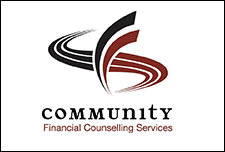
Scams come in many forms—whether it is a suspicious text, a phishing email, an unexpected phone call, or a fake website. Scammers are always coming up with new ways to trick people, but you can protect yourself by staying alert. If you ever suspect you have been targeted by a scam, it is...

This 90-minute webinar provided frontline practitioners with foundational knowledge and skills to support Canadians who are living on a low income to access benefits. Participants learned the importance of access to benefits for individuals and families, reviewed key skills and opportunities for...

